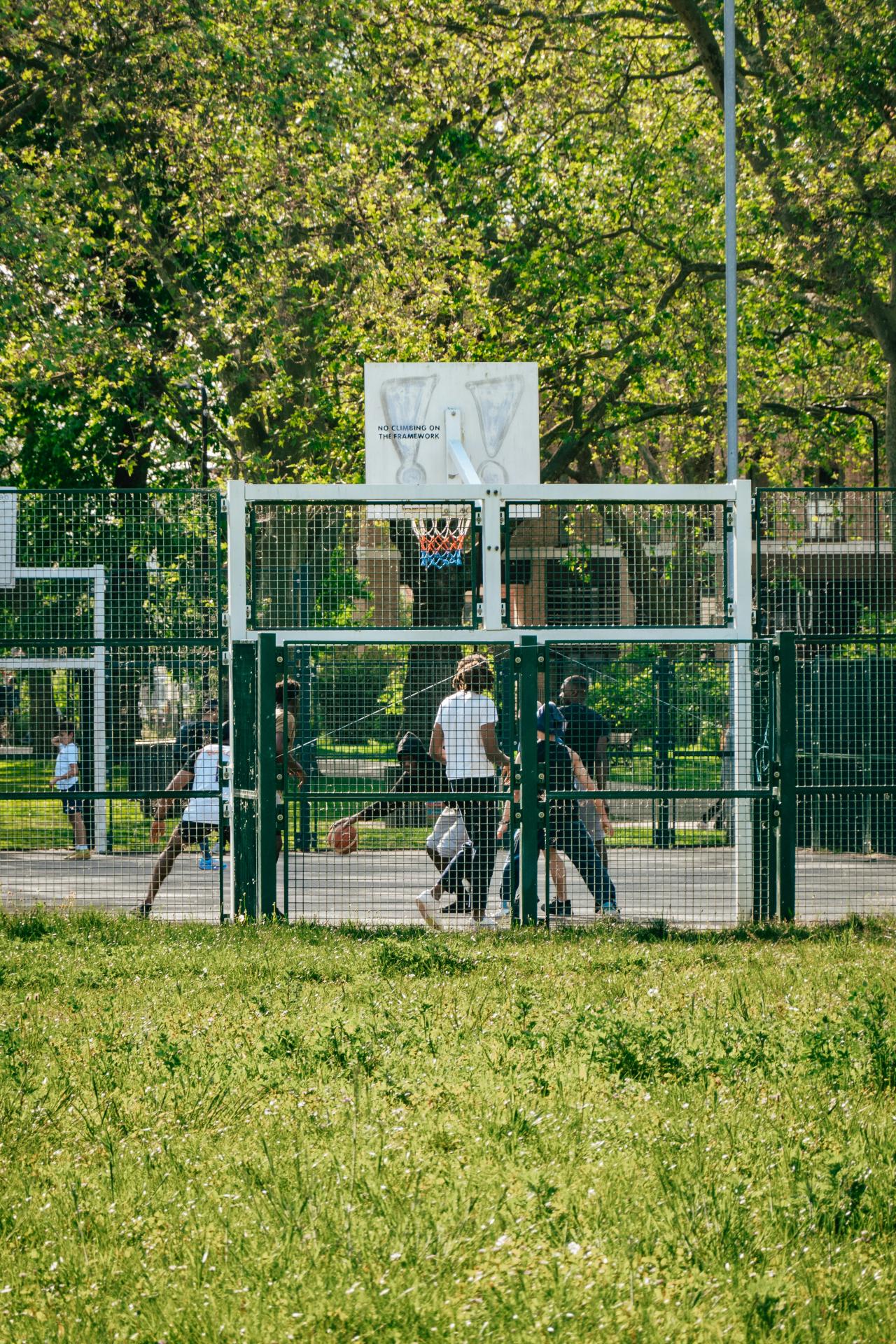From gender blindness to intersectional insight
Many urban policies and services are still what gender experts call “gender blind”: they assume that one solution fits all, without acknowledging that women, men, and gender-diverse people may experience the same environment very differently. For example, a city park may appear open to everyone, but teenage girls often stop using such spaces around age 12 or 13 because they feel unsafe or excluded. Similarly, public sports facilities often cater more to male-coded activities such as football or weight training, while neglecting the kinds of exercise spaces preferred by women and families.
An intersectional approach goes further by considering how gender interacts with other forms of identity and inequality, such as age, ability, ethnicity, or income. This perspective helps cities design policies that respond to real lived experiences, rather than abstract “average users.”
Health equity as a foundation for sustainability
Research and experience from the One Health 4 Cities (OH4C) network show that health inequalities mirror other social divides. In Lyon, for instance, life expectancy varies between neighbourhoods, reflecting differences in exposure to pollution, access to green space, and quality of housing. In Munich, the local Health Guideline explicitly links environmental factors such as heat stress and air quality with social factors like income and gender, aiming to make health equity a guiding principle of city policy.
These examples demonstrate that considering social context is a key aspect of tackling environmental or public health challenges, and that not doing so can inadvertently deepen inequalities.
Examples from the network
Lyon, France: Lyon is working to integrate a “One Health Impact Assessment” into public policies, assessing impacts on human, animal, plant and environmental health. The city’s approach explicitly includes gender and diversity analysis — asking not only how a policy affects ecosystems, but also who benefits or bears the risks.
Munich, Germany: In updating its city Health Guideline, Munich is embedding the One Health approach as a tool to address the links between health equity, environmental protection, and social inclusion. Teams are exploring how vulnerable groups such as women, migrants, elderly residents, or people with disabilities can be better protected from climate-related health impacts such as heat stress.
Lahti, Finland: Through its “Nature Step to Health” programme, Lahti connects climate action, biodiversity, and public well-being. The city’s schools and childcare centres are integrating outdoor learning and plant-based nutrition, helping to prevent chronic diseases while promoting sustainability and inclusion. This approach acknowledges that access to healthy food, green spaces, and clean air is both an environmental and a social right.
Loulé, Portugal and Suceava, Romania: Both cities focus on inclusion through physical activity and access to nature. Loulé’s Integrated Action Plan emphasises “sports for all,” targeting children, elderly residents, and low-income groups. Suceava is developing urban greening and walking routes to promote active lifestyles, especially for women and older citizens.
Together, these examples show that inclusion strengthens One Health outcomes because policies designed with the needs of diverse groups are more effective and equitable.
Understanding and addressing trade-offs
Cities often face trade-offs between different health and inclusion goals. Improving lighting in parks can enhance women’s feelings of safety, but it may disrupt nocturnal animal habitats. Encouraging people to visit nature supports mental health but can lead to erosion or habitat loss if unmanaged. Recognising such tensions helps cities find creative solutions, for example, adaptive lighting systems that dim during quiet hours, or zoning that balances biodiversity protection with accessible recreation.
Similarly, inclusion itself can present trade-offs. A new sports facility might prioritise accessibility for people with disabilities, yet limited budgets mean other groups’ needs may be postponed. OH4C partners have used participatory approaches and detailed data collection and analysis to navigate these dilemmas, asking “who gains, who loses, and how can we rebalance?”
The role of cities as role models
Municipalities are uniquely positioned to lead by example. They can ensure gender balance and diversity in project teams, steering committees, and expert panels; apply inclusive procurement standards; and use participatory processes that make it easier for women and underrepresented groups to take part in decision-making.
Cities in the OH4C network have found that even small steps can create meaningful change: scheduling meetings at family-friendly times, providing childcare during consultations, or communicating in plain language to reach non-native speakers and marginalised groups. These practices make the One Health approach itself more inclusive, not just its outcomes.
A healthier city is an inclusive city
The OH4C network’s gender and inclusion work builds on a simple insight: environmental, plant, animal, and human health cannot be separated from social justice. Equity is not an “add-on” to sustainability; it is the condition that makes sustainability possible.
When cities understand whose voices are missing and whose needs are unmet, they can design public spaces, mobility systems, and policies that promote both ecological integrity and human dignity.
As one workshop participant put it, “A healthy city is one where everyone has the chance to thrive, not just the loudest or the strongest.”

